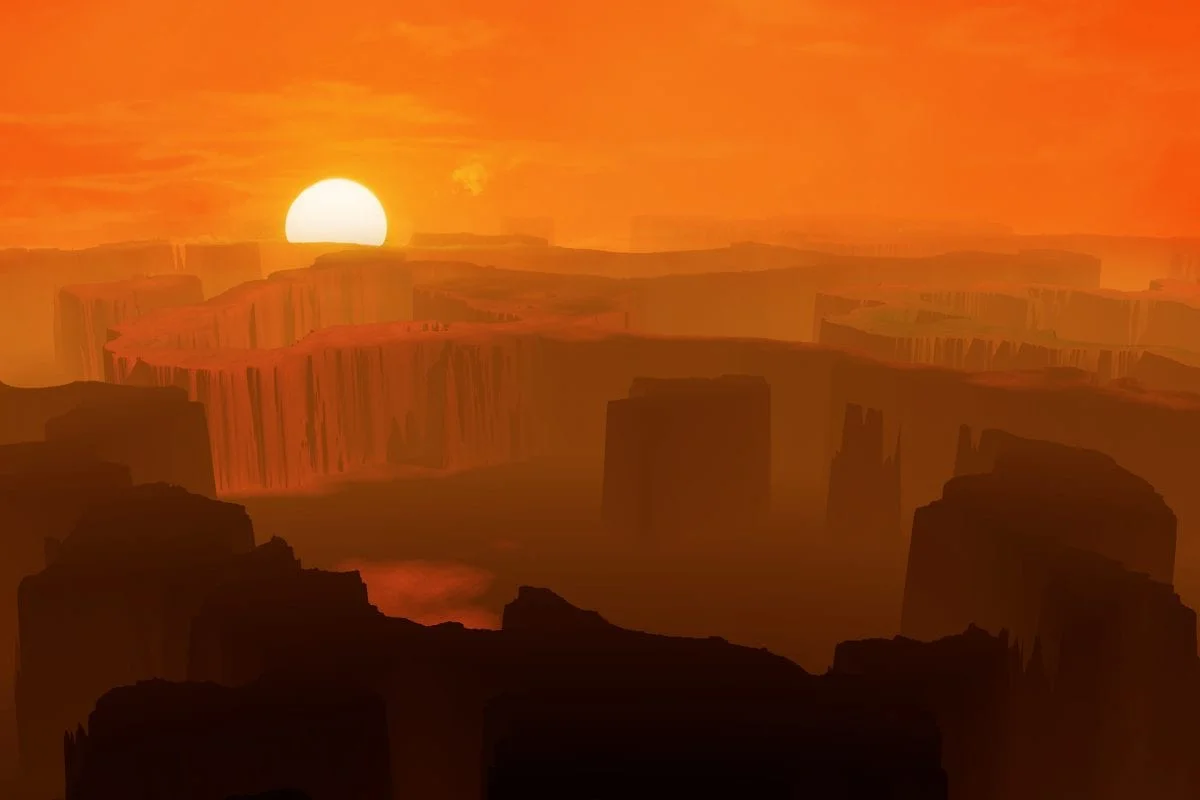We know from the geological record that life started relatively quickly, as soon our planet’s environment was stable enough to support it.
We also know that the first multicellular organism, which eventually produced today’s technological civilization, took far longer to evolve, approximately 4 billion years.
But despite knowing when life first appeared on Earth, scientists still do not understand how life occurred, which has important implications for the likelihood of finding life elsewhere in the universe.
In a new paper published in the Proceeding of the National Academy of Sciences today, David Kipping, an assistant professor in Columbia’s Department of Astronomy, shows how an analysis using a statistical technique called Bayesian inference could shed light on how complex extraterrestrial life might evolve in alien worlds.
“The rapid emergence of life and the late evolution of humanity, in the context of the timeline of evolution, are certainly suggestive,” Kipping said. “But in this study it’s possible to actually quantify what the facts tell us.”
To conduct his analysis, Kipping used the chronology of the earliest evidence for life and the evolution of humanity. He asked how often we would expect life and intelligence to re-emerge if Earth’s history were to repeat, re-running the clock over and over again.
He framed the problem in terms of four possible answers: Life is common and often develops intelligence, life is rare but often develops intelligence, life is common and rarely develops intelligence and, finally, life is rare and rarely develops intelligence.
This method of Bayesian statistical inference–used to update the probability for a hypothesis as evidence or information becomes available–states prior beliefs about the system being modeled, which are then combined with data to cast probabilities of outcomes.
“The technique is akin to betting odds,” Kipping said. “It encourages the repeated testing of new evidence against your position, in essence a positive feedback loop of refining your estimates of likelihood of an event.”
From these four hypotheses, Kipping used Bayesian mathematical formulas to weigh the models against one another. “In Bayesian inference, prior probability distributions always need to be selected,” Kipping said. “But a key result here is that when one compares the rare-life versus common-life scenarios, the common-life scenario is always at least nine times more likely than the rare one.”
The analysis is based on evidence that life emerged within 300 million years of the formation of the Earth’s oceans as found in carbon-13-depleted zircon deposits, a very fast start in the context of Earth’s lifetime. Kipping emphasizes that the ratio is at least 9:1 or higher, depending on the true value of how often intelligence develops.
Kipping’s conclusion is that if planets with similar conditions and evolutionary time lines to Earth are common, then the analysis suggests that life should have little problem spontaneously emerging on other planets. And what are the odds that these extraterrestrial lives could be complex, differentiated and intelligent? Here, Kipping’s inquiry is less assured, finding just 3:2 odds in favor of intelligent life.
This result stems from humanity’s relatively late appearance in Earth’s habitable window, suggesting that its development was neither an easy nor ensured process. “If we played Earth’s history again, the emergence of intelligence is actually somewhat unlikely,” he said.
Kipping points out that the odds in the study aren’t overwhelming, being quite close to 50:50, and the findings should be treated as no more than a gentle nudge toward a hypothesis.
“The analysis can’t provide certainties or guarantees, only statistical probabilities based on what happened here on Earth,” Kipping said. “Yet encouragingly, the case for a universe teeming with life emerges as the favored bet. The search for intelligent life in worlds beyond Earth should be by no means discouraged.”





